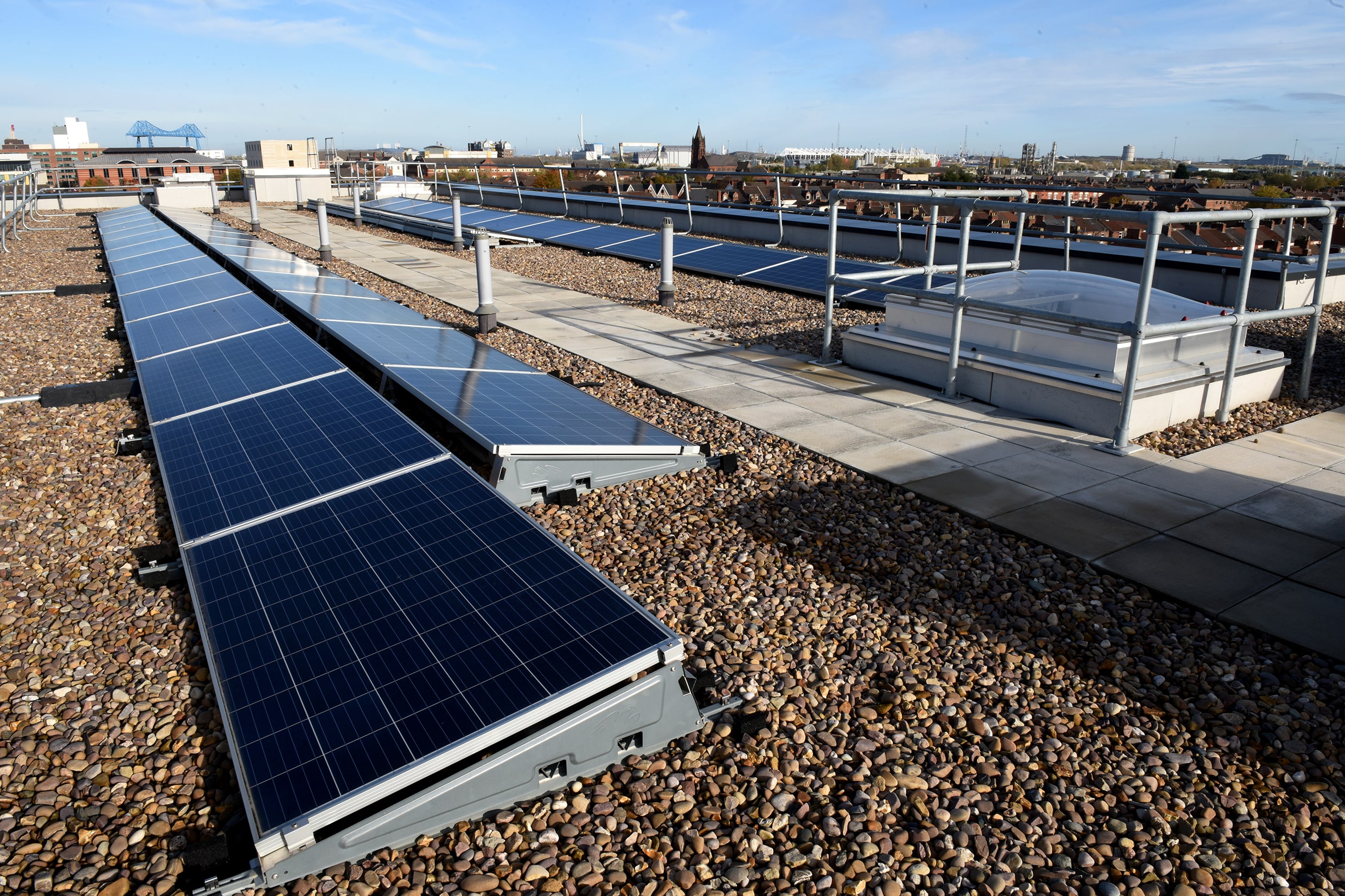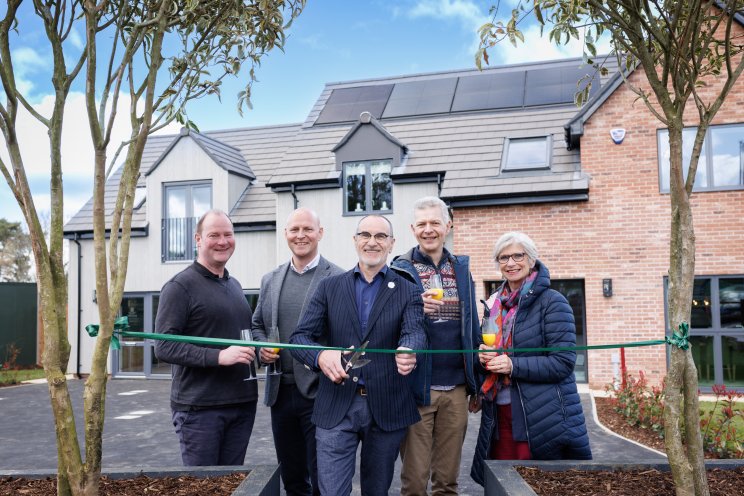The SUNREY Project: The Growing Role of Academia in Innovation

Two UK universities are taking part in an EU-funded project to develop more sustainable and cost-effective solar cells. Housing Industry Leaders asks what this innovation means for the housing sector, and how important the universities’ involvement in this project are.
The University of Leicester and Teesside University are two of 13 partners collaborating on the SUNREY project, which stands for ‘Boosting SUstaiNability, Reliability and EfficiencY of perovskite PV through novel materials and process engineering’.
The project is investigating the use of the mineral perovskite in solar cells, which emits less CO2 than the current industry standard, silicon.
Horizon Europe, the European Union’s research and innovation program aiming to tackle climate change, has awarded the project approximately £3.75m in funding.
Perovskite solar cells are more energy-efficient than silicone
Silicon solar cell production is a high-energy process, thanks in part to the high temperatures required to produce the cells, which can be costly and energy-inefficient. Contrastingly, perovskite cells can be produced at a lower temperature, meaning they save energy as well as being cheaper to produce.
Perovskite solar cells have a similar efficiency to that of silicon, but emit less CO2 during production, making them the more sustainable option.
While the aim of using perovskite is to make more efficient and sustainable solar cells, perovskite materials contain lead which can harm the environment.
Additionally, perovskite cells are less stable than silicon cells, as they can decompose when they react with moisture and oxygen, or when exposed to light, heat, or applied voltage for extended periods of time. Their shorter lifespan therefore prevents a broader commercialisation.
The SUNREY project will investigate how to make solar cells with a lower lead content, as well as looking at novel charge transport and electrode materials, cost effective deposition techniques, barriers and device encapsulation, and process optimisation.
An accredited laboratory will simulate device and degradation mechanisms in order to achieve these goals. Life cycle, circularity and stability analysis, and lifetime analysis will also be conducted under realistic laboratory conditions.
UK universities are taking an active role in the project
The University of Leicester and Teesside University will accompany 11 other partners including research institutes, companies, and universities from across Europe in the project, which is being coordinated by the Fraunhofer Institute for Applied Polymer Research IAP in Potsdam, Germany.
Universities are suitably positioned to be at the forefront of innovation due to their unique relationship with public and private sectors. The innovation that comes from universities can be utilised throughout the housing sector.
Teesside University is set to complete work on its £13.1m Net Zero Industry Innovation Centre this month, which will bring together expert insight, resources and partnerships to grow net zero capabilities and create hundreds of clean energy jobs.
This technology will be of vital importance as the world looks to a future without fossil fuels.
The university’s expertise in clean energy and sustainability is in line with their commitment to forging a smarter, greener industrial economy through the design of novel and disruptive technologies.
Professor David Hughes, Associate Dean (Research and Innovation) in the School of Computing, Engineer & Digital Technologies said: “We are delighted to be taking part of this project which is destined to have a major impact on the production of renewable energy.”
Perovskite solar cells and the future of social housing
Making perovskite solar cells more efficient and sustainable will enable the social housing sector to harness the power of the sun more effectively, with minimal environmental impact.
While this technology isn’t commercially available yet, it is hoped that the research being done though the SUNREY project will allow further innovation and introduce perovskite as an increasingly viable alternative to silicon.
Social housing can look forward to a more energy-efficient future given the current trajectory of perovskite solar cells, with research positioning this technology to infiltrate the solar market in the coming years.

